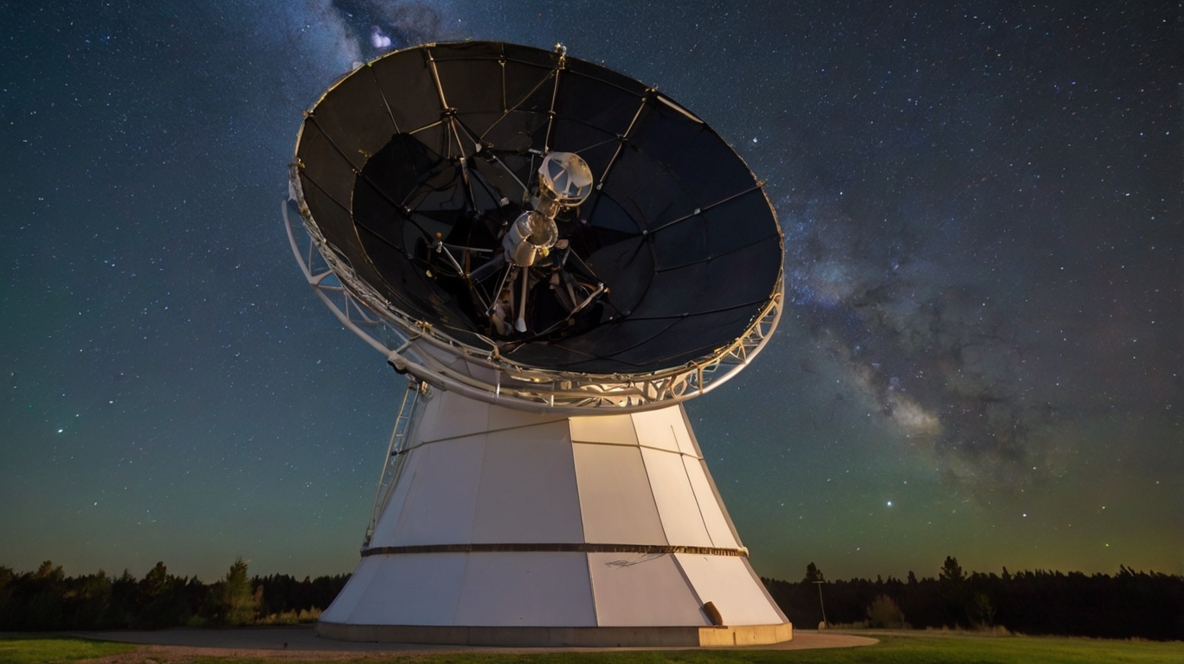The Lowell Telescope is a significant name in the world of astronomy, offering a rich history and advanced technology for exploring the cosmos. Lowell Observatory, home to some of the most renowned telescopes, has played a crucial role in uncovering the mysteries of the universe. From the Pluto discovery telescope to modern instruments like the Lowell Discovery Telescope, the observatory continues to inspire astronomers and stargazers alike.
Read about Best Binoculars for Stargazing here!
A Brief History of the Lowell Telescope
Lowell Observatory was founded in 1894 by Percival Lowell, a visionary astronomer with a passion for studying Mars and the possibility of extraterrestrial life. Located in Flagstaff, Arizona, the observatory is home to several historic telescopes, including the iconic Lowell Observatory Clark Telescope, which has contributed to groundbreaking astronomical discoveries.
The Lowell Discovery Telescope
The Lowell Discovery Telescope (LDT) is one of the most advanced telescopes in the world. Located in Happy Jack, Arizona, this state-of-the-art instrument features a 4.3-meter aperture, making it one of the largest telescopes for public and research use. The LDT enables detailed studies of distant galaxies, star formation, and planetary systems, solidifying its place as a cornerstone of modern astronomy.
The Pluto Discovery Telescope
The Pluto discovery telescope, also known as the Lowell Observatory Pluto Discovery Telescope, is a historic instrument that played a pivotal role in the discovery of Pluto in 1930 by Clyde Tombaugh. This achievement marked a milestone in astronomy, showcasing the observatory’s dedication to exploring the unknown. Today, the telescope is preserved as a tribute to this monumental discovery.
Lowell Observatory Clark Telescope
The Lowell Observatory Clark Telescope is a masterpiece of 19th-century engineering. Built in 1896, this 24-inch refracting telescope has been used to study Mars, map the Moon, and conduct double-star research. It remains a popular attraction for visitors to Lowell Observatory, offering a glimpse into the history of astronomical exploration.
Lowell Observatory Perkins Telescope
The Lowell Observatory Perkins Telescope is another significant instrument in the observatory’s collection. Originally located in Ohio, it was relocated to Lowell Observatory in 1961. With a 72-inch aperture, the Perkins Telescope has been used for a variety of research projects, including studying the structure of galaxies and star clusters.
Why Visit Lowell Observatory?
Lowell Observatory is not just a hub for research; it is also a center for public education and engagement. Visitors can explore the observatory’s rich history, view celestial objects through historic telescopes, and learn about the latest advancements in astronomy. Highlights of a visit include:
- Telescope Tours: Get an up-close look at the Lowell Discovery Telescope, Pluto Discovery Telescope, and Clark Telescope.
- Educational Programs: Participate in hands-on activities and lectures about the universe.
- Stargazing Events: Enjoy guided night sky observations through advanced and historic telescopes.
Contributions of Lowell Observatories to Astronomy
Lowell Observatory telescopes have made significant contributions to the field of astronomy, including:
- Discovery of Pluto: The Pluto discovery telescope cemented Lowell Observatory’s place in astronomical history.
- Mars Observations: The Clark Telescope was instrumental in studying Mars and mapping its surface.
- Galaxy Research: The Perkins Telescope has advanced our understanding of galaxy structures.
- Public Engagement: The observatory’s educational programs inspire future generations of astronomers.
The Legacy of Percival Lowell
Percival Lowell’s vision and dedication laid the foundation for one of the most influential observatories in the world. His work, particularly his studies of Mars, sparked widespread interest in planetary science and astronomy. The telescopes at Lowell Observatory continue to honor his legacy by pushing the boundaries of cosmic exploration.
Modern Advancements with the Lowell Discovery Telescope
The Lowell Discovery Telescope represents the observatory’s commitment to cutting-edge research. With its powerful optics and advanced technology, the LDT enables astronomers to explore phenomena like:
- The formation of stars and planets.
- The structure and evolution of galaxies.
- The detection of exoplanets in distant solar systems.
Why Lowell Telescopes Matter
The telescopes at Lowell Observatory are more than just instruments; they are gateways to the universe. From historic achievements like the discovery of Pluto to modern research with the Lowell Discovery Telescope, these tools have expanded our understanding of the cosmos.
Conclusion
The Lowell Telescope and the observatory’s other instruments symbolize humanity’s quest to explore the universe. The observatory offers a blend of past achievements and future possibilities. Visit Lowell Observatory to witness the marvels of astronomy and connect with the stars like never before.
